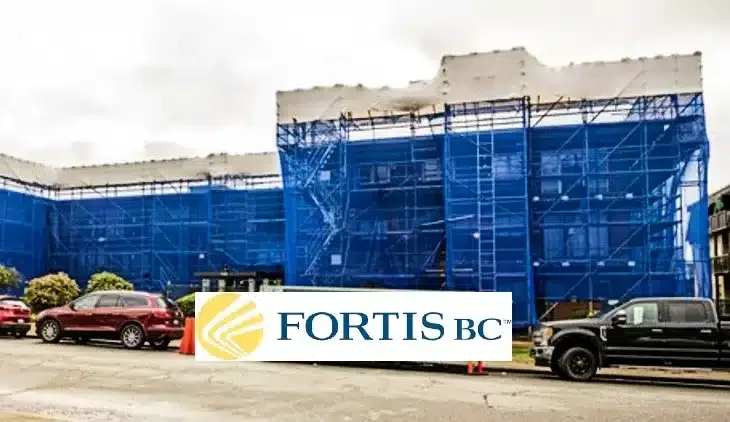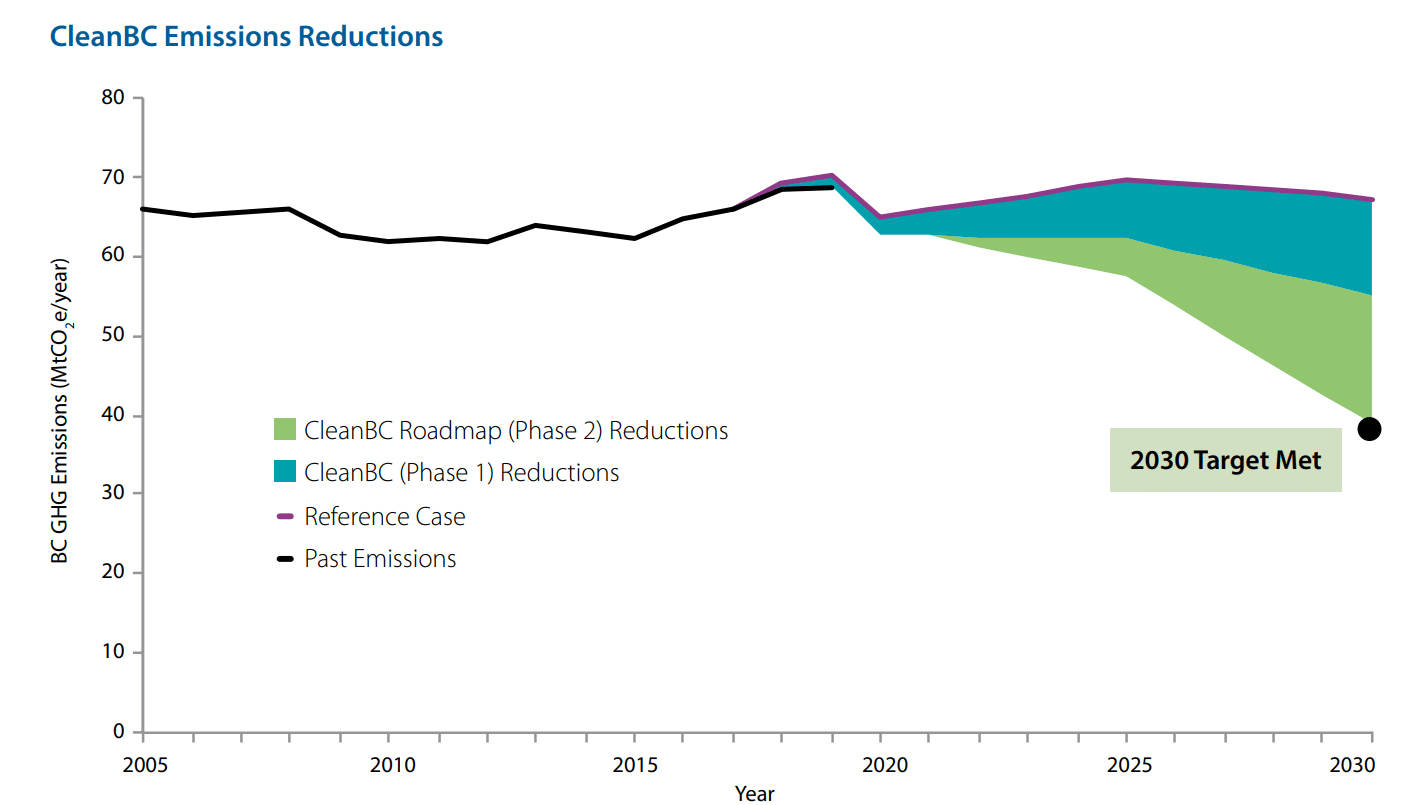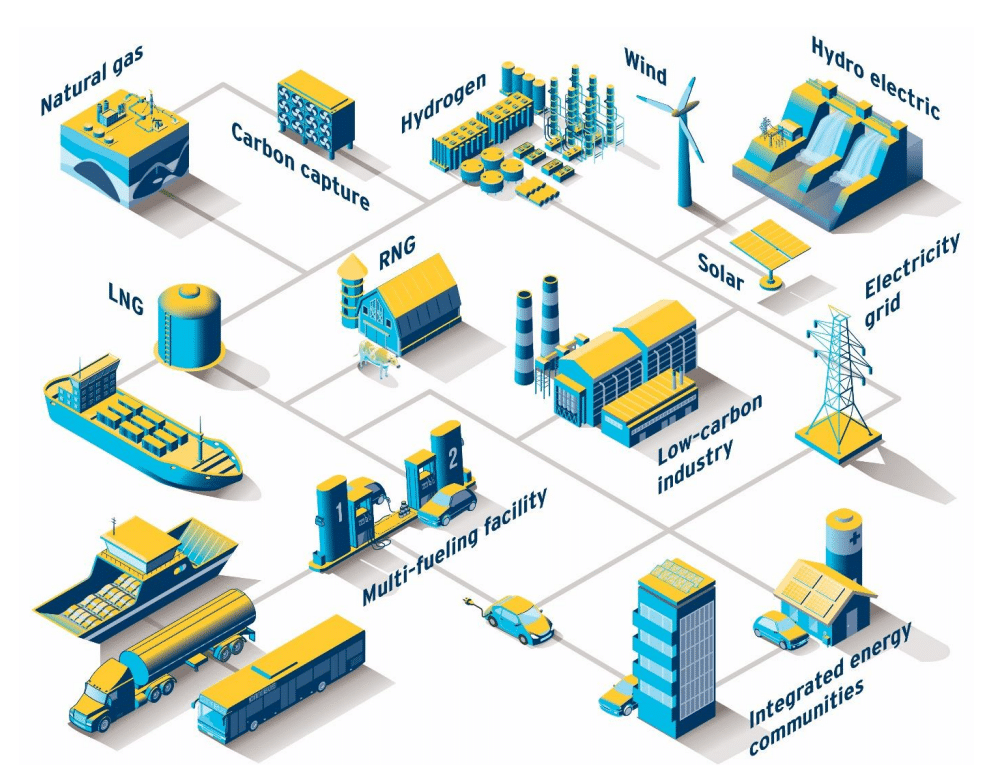FortisBC Energy Inc. (FortisBC) has initiated a massive $50 million pilot project, with plans of investing up to $700 million, aimed at reducing energy consumption in older homes and multifamily housing units across British Columbia. This endeavor is crucial for achieving the province’s climate action objectives.
FortisBC partners with Metro Vancouver Housing and residents from the Lower Mainland and Southern Interior regions. The company has enrolled 20 single-family homes and 4 apartment buildings in a deep energy retrofit pilot program.
Deep energy retrofits involve extensive, whole-home upgrades designed to cut energy use by at least half.
Retrofitting BC’s Aging Homes
Buildings contribute to carbon emissions, representing 15% of global emissions while responsible for about 40% of global energy-related emissions. In the U.S, they account for over 30% of all GHG emissions.
Buildings comprise slightly over 10% of British Columbia’s GHG emissions. In response, the Province of B.C. has established a target of reducing GHG emissions in the building and communities sector to 59% to 64% of 2007 levels by 2030.
However, addressing this goal is particularly challenging with older homes and apartment buildings. That’s because many were built before energy efficiency standards were implemented in the National Energy Code for Buildings in 1997.
Given that a significant number of these buildings will remain in use until 2050, deep energy retrofits are necessary to meet these emission reduction targets.
George V. Harvie, Chair of the Metro Vancouver Board of Directors, echoed the importance of reducing emissions from buildings. He noted that it’s one of the main ways that they will reach their goal of becoming a carbon-neutral region by 2050.
Metro Vancouver Housing ambitiously aims to cut emissions from buildings by 45% compared to 2010 levels over the next decade. Partnering with FortisBC on deep energy retrofit projects provides an opportunity to explore and implement new technologies to enhance energy efficiency, reduce GHGs, and improve the resilience and comfort of buildings for tenants.
FortisBC’s Bold Initiative Pioneers Energy Efficiency
Throughout the multi-year pilot study, FortisBC will assess the energy savings, customer satisfaction, and overall costs associated with each phase. The insights gained from this initiative will be invaluable for industry stakeholders, policymakers, and FortisBC itself.
They will inform strategies to ensure older housing units can meet the evolving needs of residents as the province progresses towards a net zero future.
Joe Mazza, Vice President of Energy Supply and Resource Development at FortisBC, emphasized the significance of this initiative, stating:
“To our knowledge, this is the largest targeted, real-world study of deep energy-efficiency upgrades in B.C. homes, and the information will be invaluable to us and others looking to transform energy use.”
By identifying the most effective approaches to significantly reduce energy consumption in older homes, FortisBC aims to mitigate emissions and help customers save on energy expenses.
The company commits to advancing energy efficiency as a cornerstone of its efforts to lead the clean energy transformation in the province.
By focusing on more intricate energy-efficiency opportunities, the company aims to assist customers in achieving the necessary GHG emissions reductions outlined in its Clean Growth Pathway to 2050 and in alignment with the province’s CleanBC plan.
Transforming Homes for a Sustainable Future
As FortisBC evolves its energy-efficiency programs, it will undertake deeper energy retrofit projects for more emission reductions.
The current pilot adopts an envelope-first approach. It prioritizes enhancements to the building envelope (outer shell) to prevent heat loss and reduce heating demand. This includes upgrades to walls, windows, doors, and insulation.
Additionally, each home and building will undergo upgrades to its heating, domestic hot water, and ventilation systems to maximize efficiency. This involves the installation of new gas heating technologies such as dual-fuel hybrid systems or gas heat pumps. These systems have achieved efficiencies of over 100% in manufacturers’ testing, with efforts to replicate these results in real-world settings.
- Each of the participating homes and buildings has undergone a detailed energy assessment, modeling, and design phase, with early indicators showing promising results.
For instance, Metro Vancouver Housing is collaborating on the Manor House project. It’s a three-level apartment building built in 1972 in North Vancouver that provides affordable housing to 50 households. The project is expected to reduce GHG emissions by 66% and energy usage by 56%.
All 20 participating single-family homes have completed the majority of upgrades, and construction is now underway in the 4 apartment buildings. Once completed, each home and building will undergo testing for one year to assess energy savings.
With FortisBC planning to invest close to $700 million in energy-saving programs over the next 4 years, the insights gained from the pilot will be invaluable in identifying the most effective and affordable ways to lower energy consumption in existing buildings. The company will use the findings to determine replication strategies and establish benchmarks for future upgrade projects.



